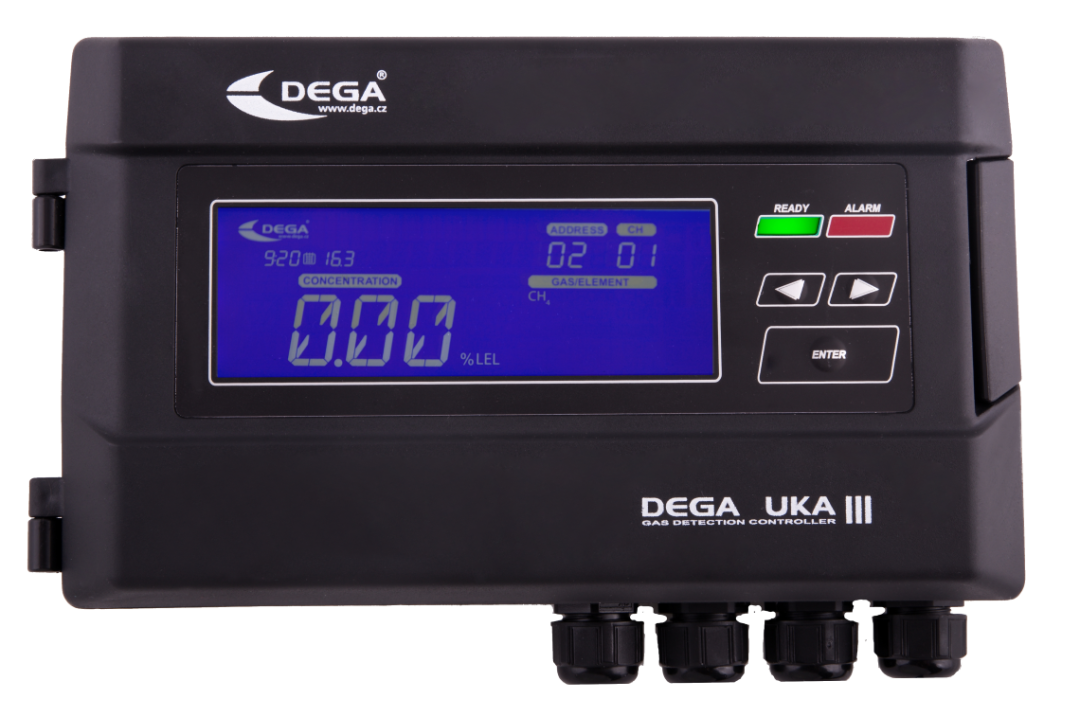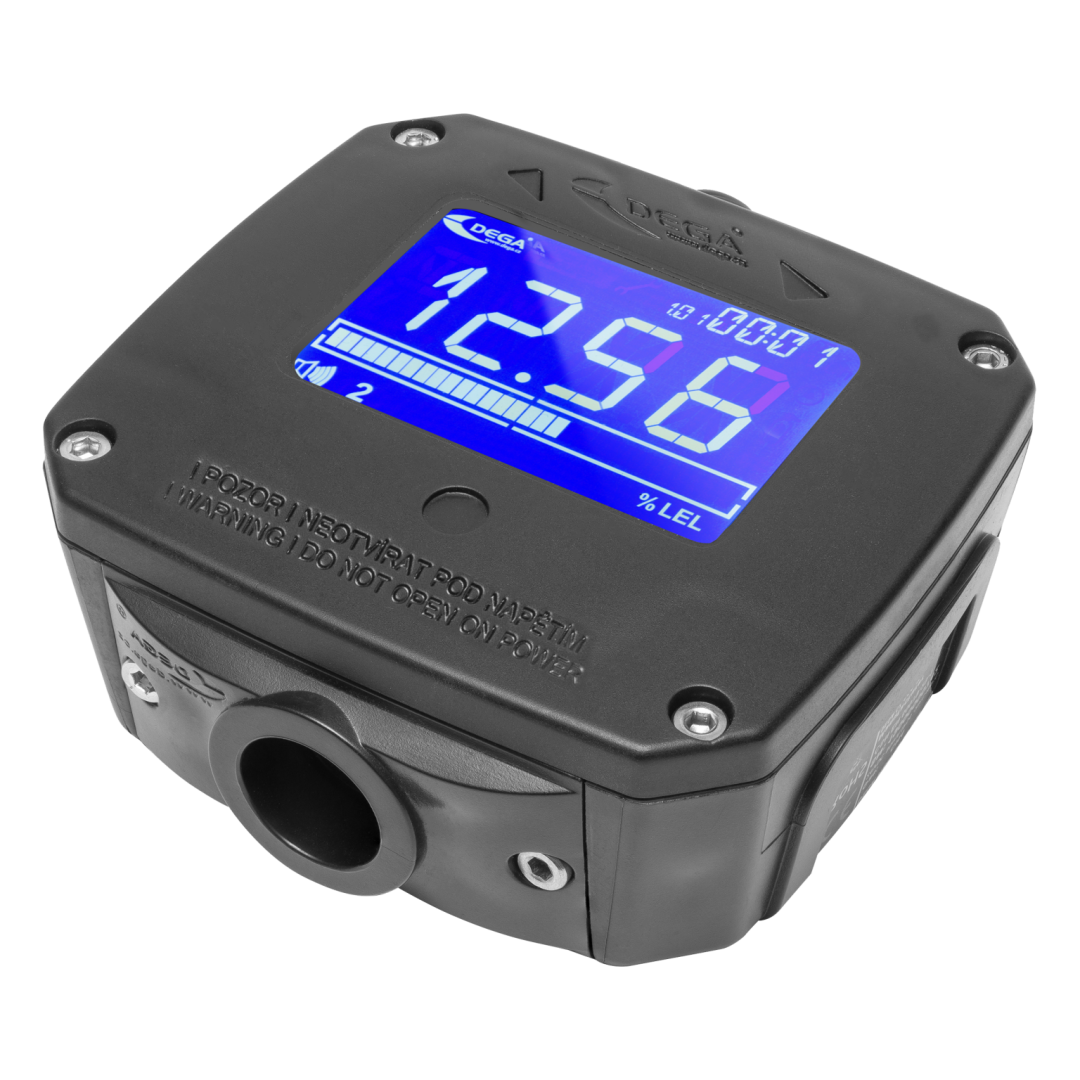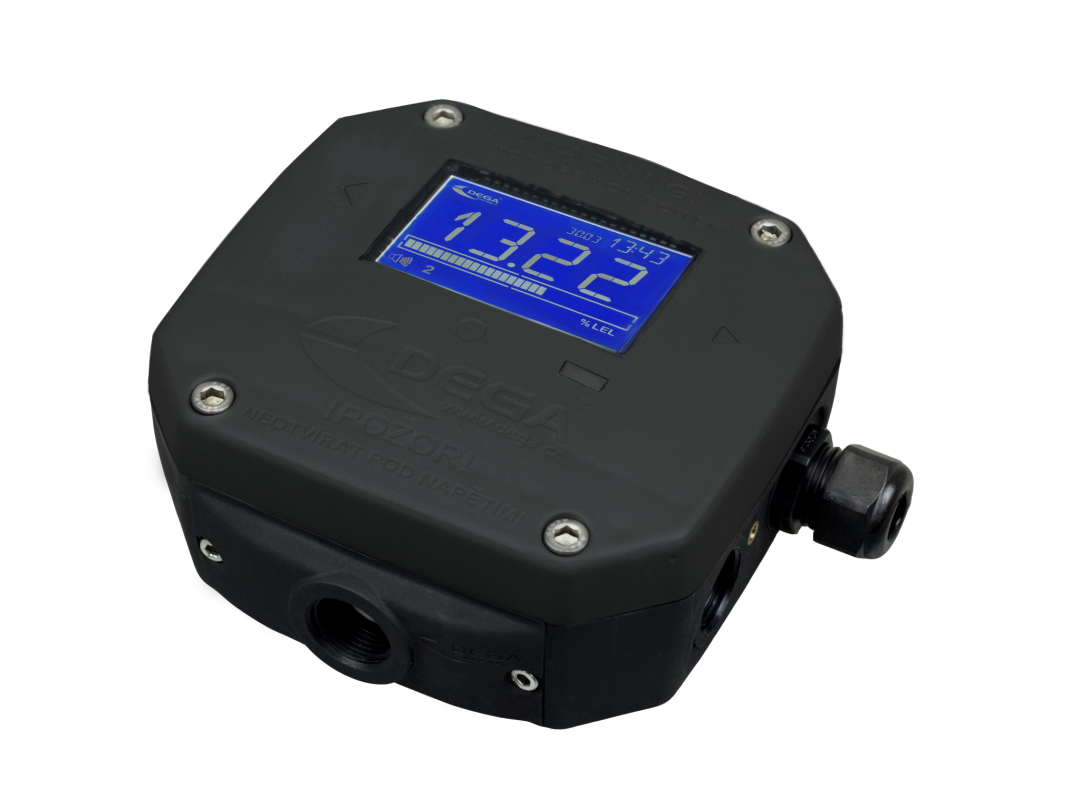Gas Detection Systems
Diamond standard - Gas Detection Australia
J W Industrial Instruments Pty Ltd are focussed on providing the diamond standard in gas detection sensors with local support to advise on design, supply, commissioning and after sales service. JWII are pleased to bring our unique range of gas and flame detectors to the Australian market.
Wide range of gas detector types to meet the needs of your application environment
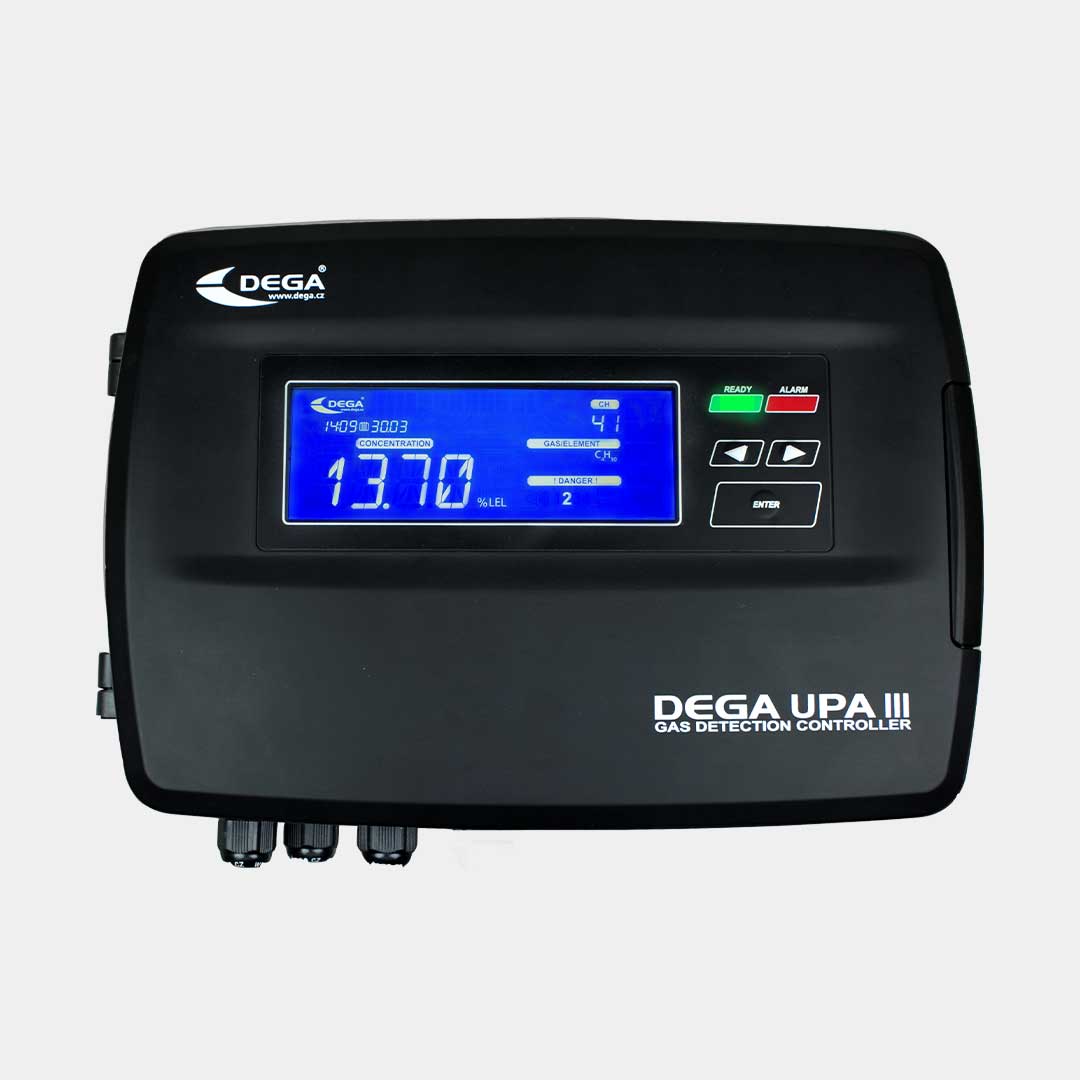
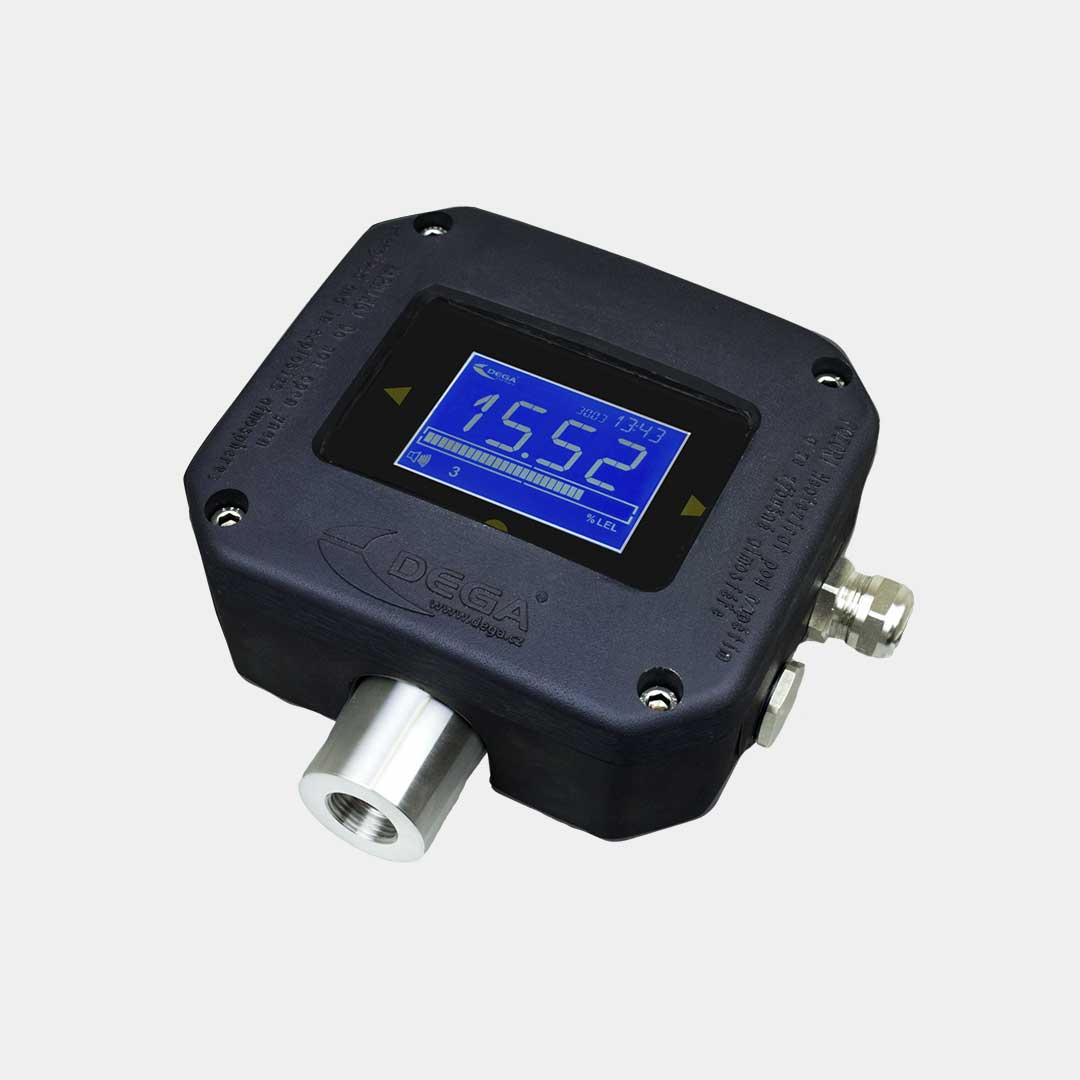
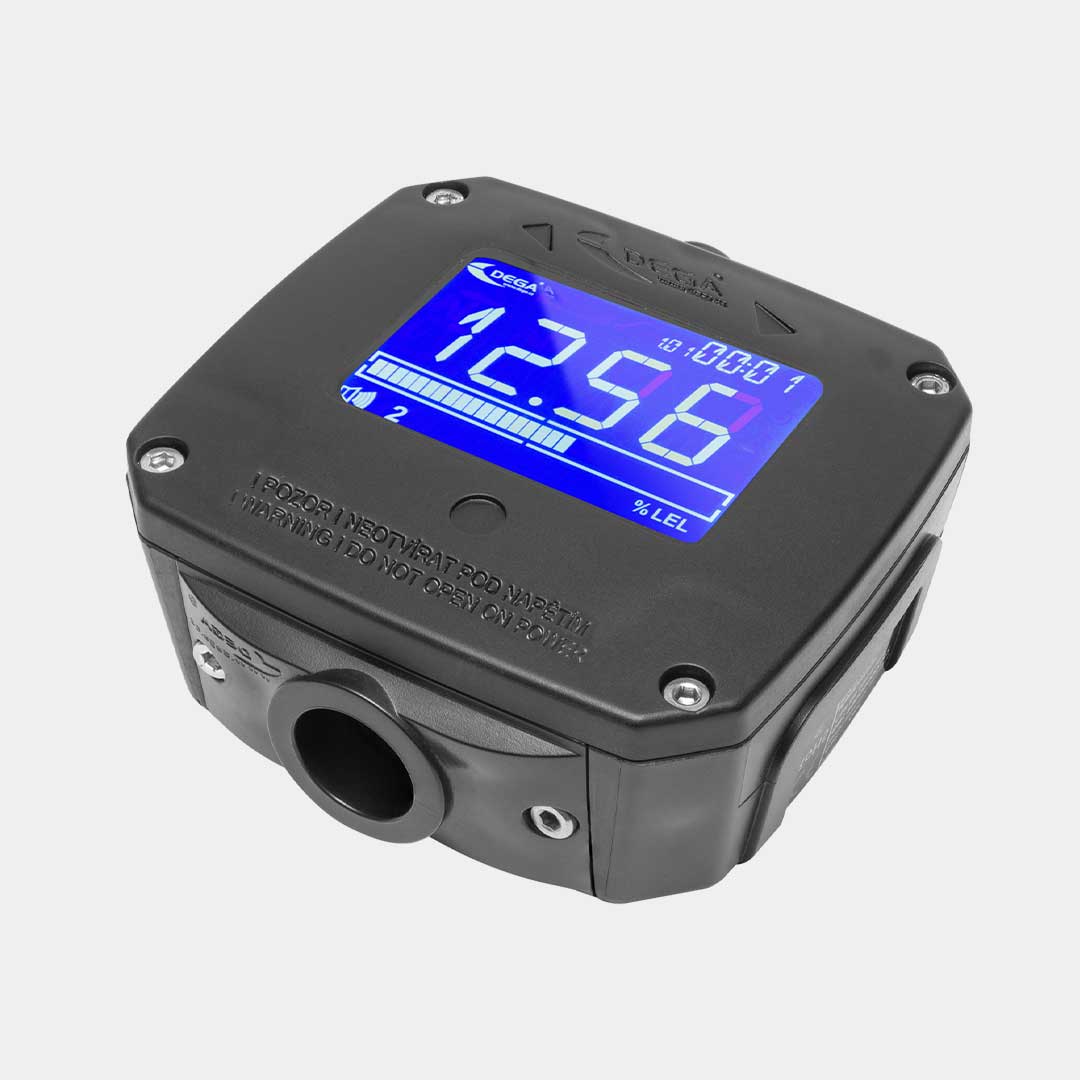
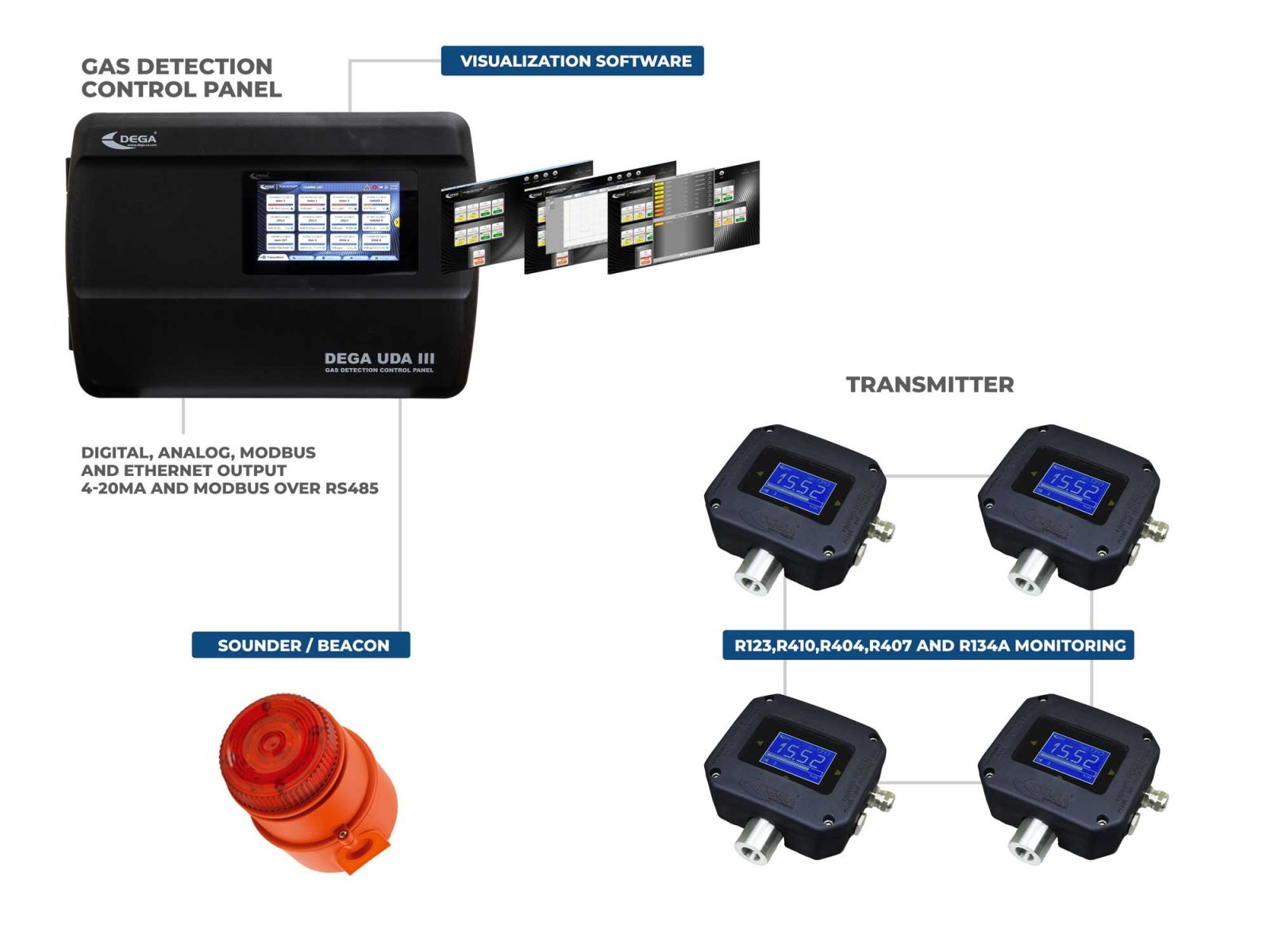
Est. 1982
With over 40 years in the gas analysis industry we can provide expertise and advice with regards your gas detection requirements. The gas detection world can be quite confusing, with regulations and certification being needed in all installations, irrelevant of how big or small. JWII can help navigate this with expert advice, guiding you through the many factors to consider when purchasing and installing gas detection systems in Australia and New Zealand.
JWII established in 1982 supplying and servicing gas and vapour detectors. We offer a full range of detection systems for explosive, inert and toxic gasses. From the very beginning JWII has been focussed on offering local solutions for the Australian and New Zealand markets.
Gas detection accessories
JWII also offers accessories for the gas detectors such as control panels, alarm modules and audible and visual alarms and we can design emergency monitoring and alarm systems with telemetry for working and living environments.
Applications and Installations
With thousands of applications and a large install base our systems can be used for a multitude of industries and environments. We have gas detection systems for safe, hazardous and toxic environments.
Typical gases
Our range of gas detectors cover a wide variety of applications and gases including the following common gas and vapour types:
- Acetylene
- Alcohol vapor
- Ammonia
- Biogas
- Carbon monoxide
- Chlorine
- Freon
- Gasoline
- Natural gas
- Oil vapor
- Others
- Oxygen
- Propane-butane
- Sulfur dioxide
- Toluene
Range and detection limits
The type of gas or vapour and the detectable limits can be designed along with our team of experts. We can guide you through the process of the correct detector selection range and quantity of detectors needed for your application.
Early warning systems
JWII gas detection systems act as a precursor to a higher-level event such as a fire system, they can also be used in conjunction with an intrusion detection system and used as industrial instrumentation in a wide variety of manufacturing environments. These systems provide early warning of leakage or incidents before they become lethal.
JWII have also designed specific systems for our most common applications.
Car Park Gas Monitoring Systems

JWII Gas detection can be installed in any car park that is a designated confined space such as residential and commercial underground car parks. Carbon Monoxide detector and Carbon Dioxide monitor is the most common application, we can supply single transmitters or complex gas detection system over the full car park. We are mainly concentrating on detection of toxic gasses and preventing exposure to the public.
We can use the output of the system to control extraction fans and reduce costs as you can only run the fans when the limit has been reached, rather than running 24/7.
We can also integrate with HVAC systems to control activation as warning levels of toxic gasses are present. Our systems communicate over digital, analog and RS485 modbus.
Battery Room Gas Monitoring
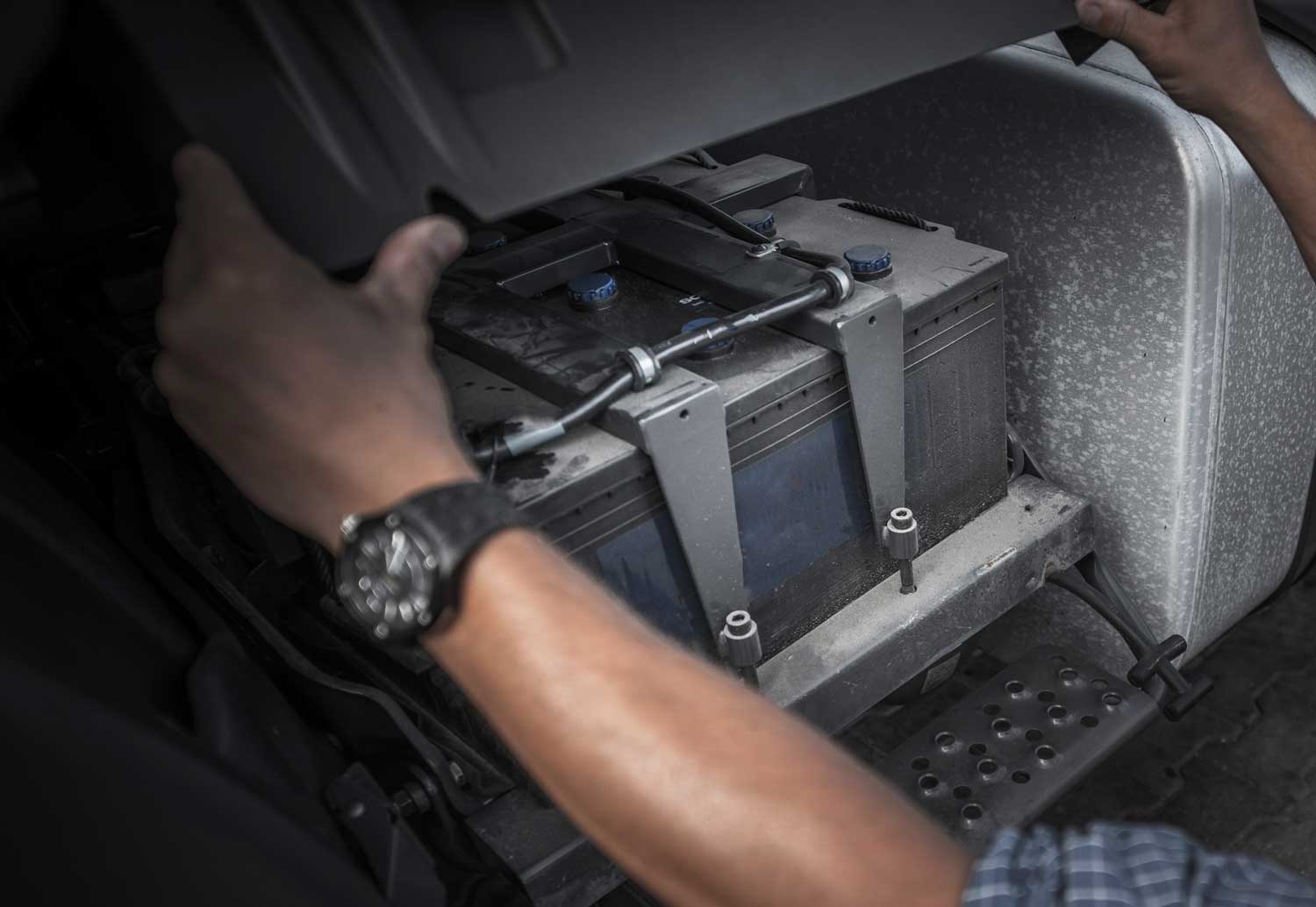
Battery charging rooms are used for re charging or storing lead acid batteries. A by-product of the charging process is Hydrogen (H2). JWII gas detection systems monitor for dangerous levels of the Hydrogen (H2) gas. Hydrogen has the risk to cause explosions at 4% VOL levels in air, and monitoring enclosed areas so the chargers can be turned off if high levels are reached is important.
The JWII range of battery room gas monitoring systems identify poitential issues with charging. Hydrogen is lighter than so it is prudent to make sure the top of the charging room is monitored to prevent any issue.
Cellar and fermentation room Gas Monitoring
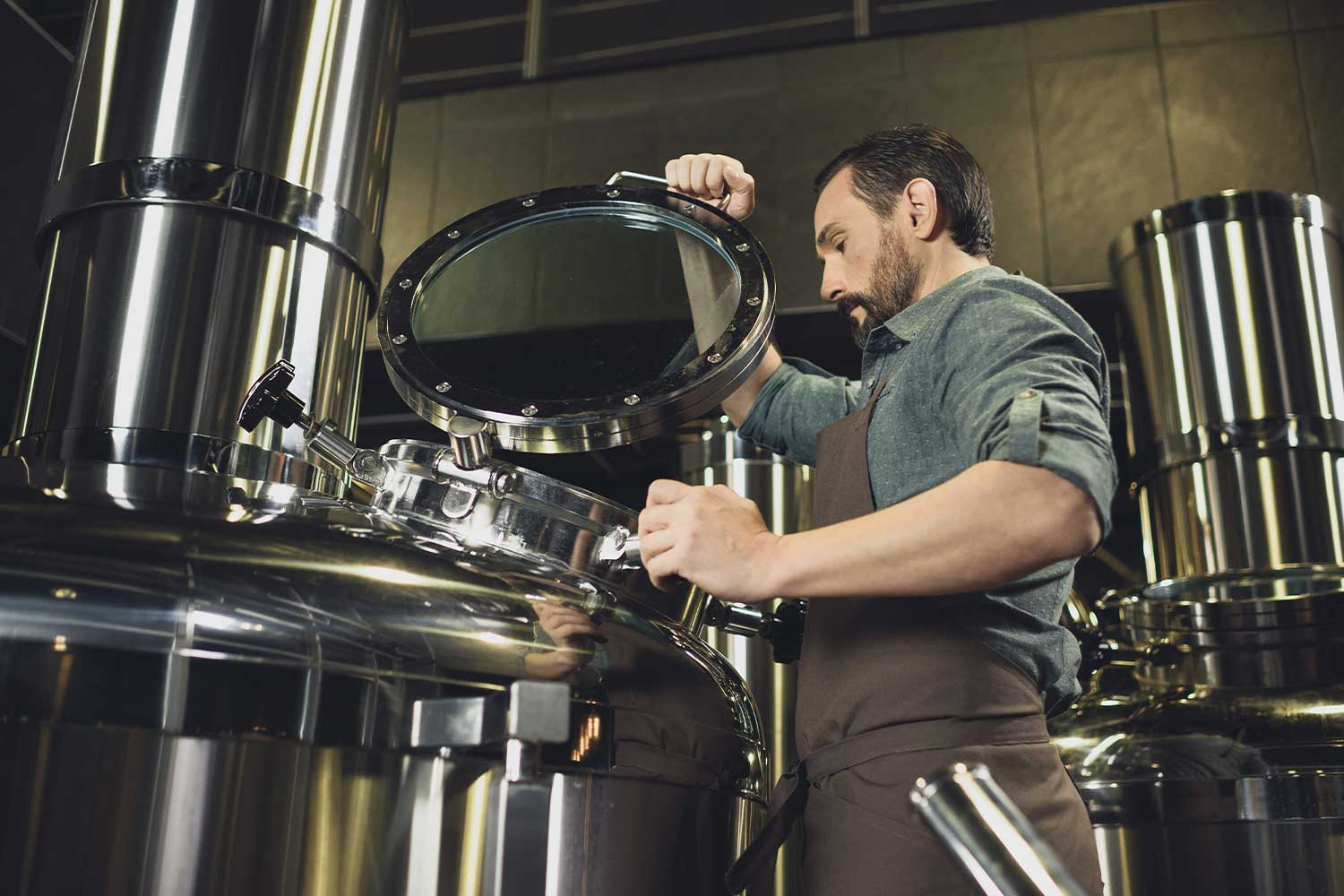
JWII gas detection solutions can be used in cellar storage areas rwhere there is a risk of high concentrations of CO2. CO2 is an ingredient of Beer, Wine and Fermentation processes. JWII gas monitoring system can accommodate upto 200 transmitters providing full coverage of storage areas. We can detect Carbon Dioxide (CO2) increase and Oxygen (O2) loss and alert the operator of the impending hazard.
JWII Cellar Gas monitoring systems output multiple signals to control ventilation and fan control, and also audible and visual alarms.
Shipping and Marine Gas Detection
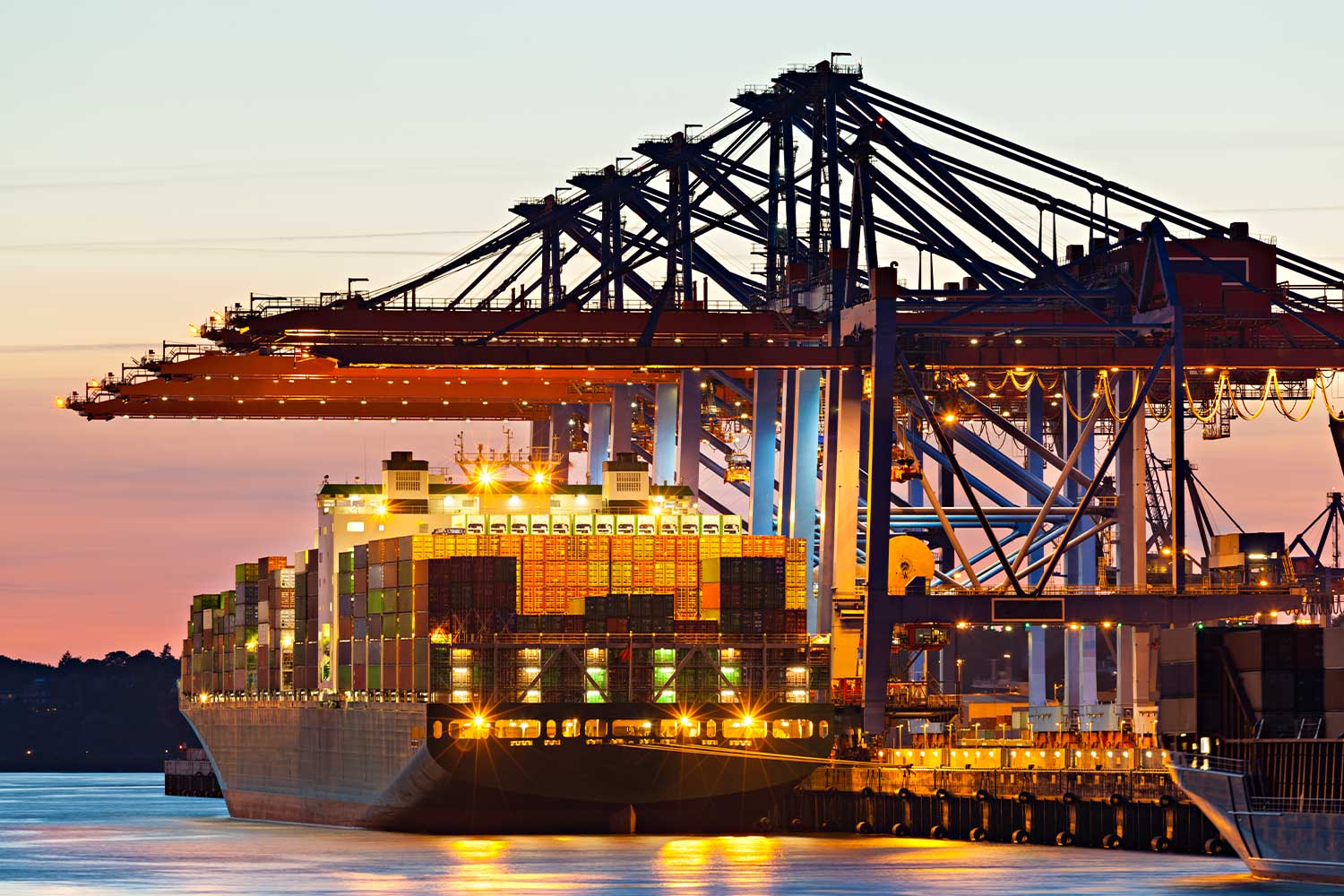
Seagoing vessels like yachts, oil tankers, bulkers, oil rigs, fishing vessels and Cruise ships require gas monitoring in various locations.
Accommodation and general control areas onboard are monitored for explosive and toxic gasses, we mount the JWII gas detectors around the accommodation blocks and common areas such as the mess and control rooms. Air conditioning is monitored to make sure toxic and flammable gasses are not present in the ducts. JWII personal gas detectors are used when crew enter confined spaces, such as voids, pump rooms even if they are on deck to identify potential hazardous areas where there could be Oxygen depletion.
Cleanroom Gas Detection
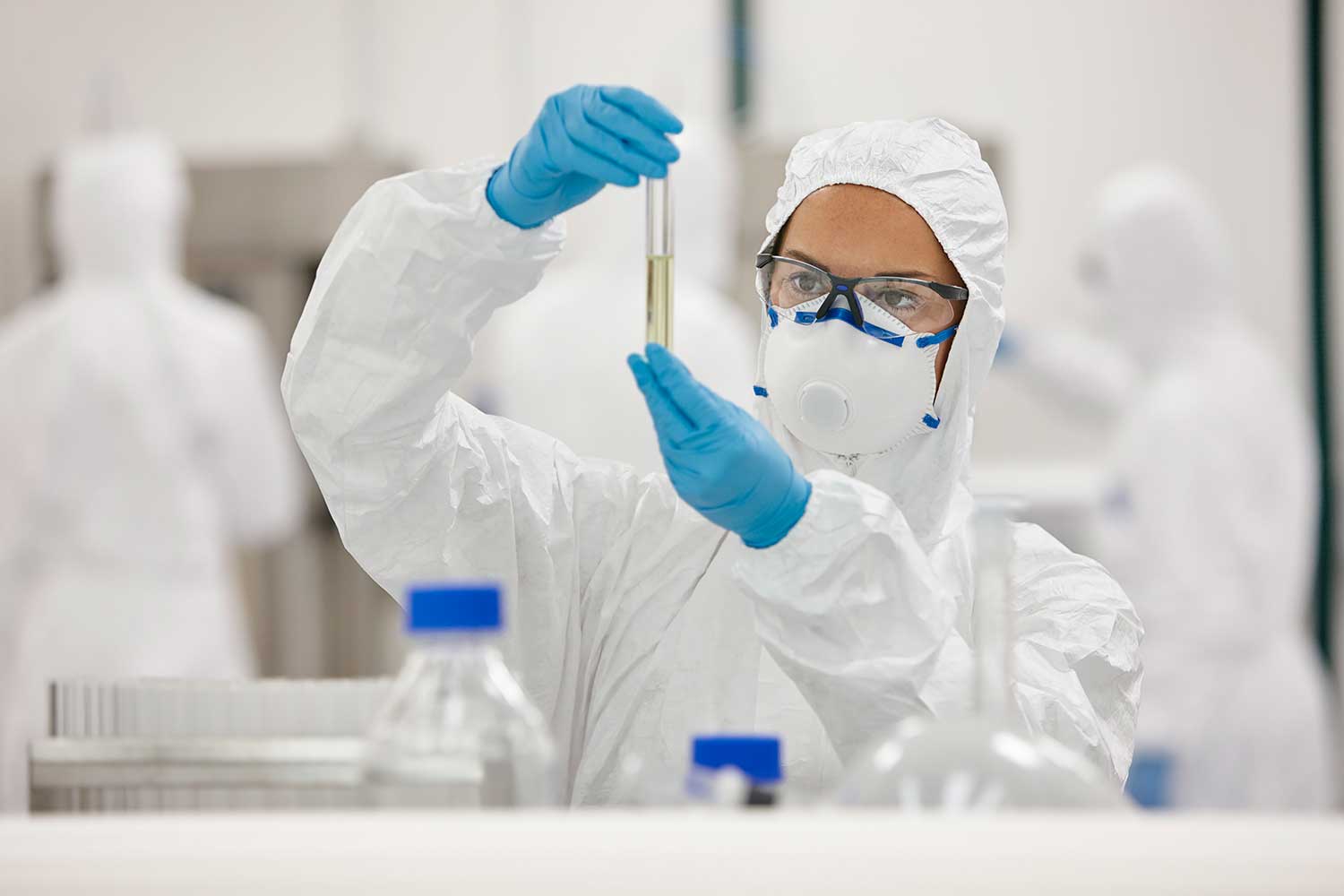
Cleanrooms are part of everyday use in many industry sectors, from laboratories, manufacturing, medical research, for example. Purging different gas types in cleanrooms depending on application, poses a risk to personnel as each gas type could be toxic and/or flammable. Oxygen gas detectors in a food manufacturing Nitrogen cleanroom area, monitor the safe level Oxygen and will provide alarms to annunciate if an over exposure of Nitrogen is present. Another gas detector that could be used in a cleanroom is for VOC monitoring, VOC’s cause a major risk in medical sterile environments due to them having the possibility to destroy cells and biomatter.
To monitor Oxygen, a general range for personnel safety is 0-25%VOL, safe ambient air should contain at least 19.5%VOL as this is the minimum safe level before deficiency. Below this level, personnel are exposed to health and respiratory issues such as an increase in pulse and breathing rate, loss of consciousness, feeling light headed and safe judgment is compromised significantly. Another example is monitoring VOC at 0-20 ppm levels, this is to ensure that the range of VOC’s are kept below harmful limits that could damage or affect test samples in a sterile environment.
Electrochemical cells are generally used for cleanroom gas detectors to monitor potentially toxic environments. Electrochemical cells work by measuring a chemical reaction using electrodes to accurately proportion the amount of Oxygen during the reaction, this is relayed to the transmitter using a low electrical current. These types are advantageous as they work essentially as a tiny battery, so are self-powered, making them very favorable for fixed and handheld sensors. Lifetime is usually ~2 years (this is dependent on exposure to the target gas) . PID (Photoionisation detectors) are generally used for VOC monitoring, this is due to the low ppm levels. The PID sensor works by saturating the gas sample in a UV light. Depending on the ionization of light during the measuring, the relevant target gasses can be proportionally evaluated on the transmitter electronics to give the low ppm reading. Lifetime usually ~1 year (this is dependent on exposure to the target gas).
Data Logging and Control Panels
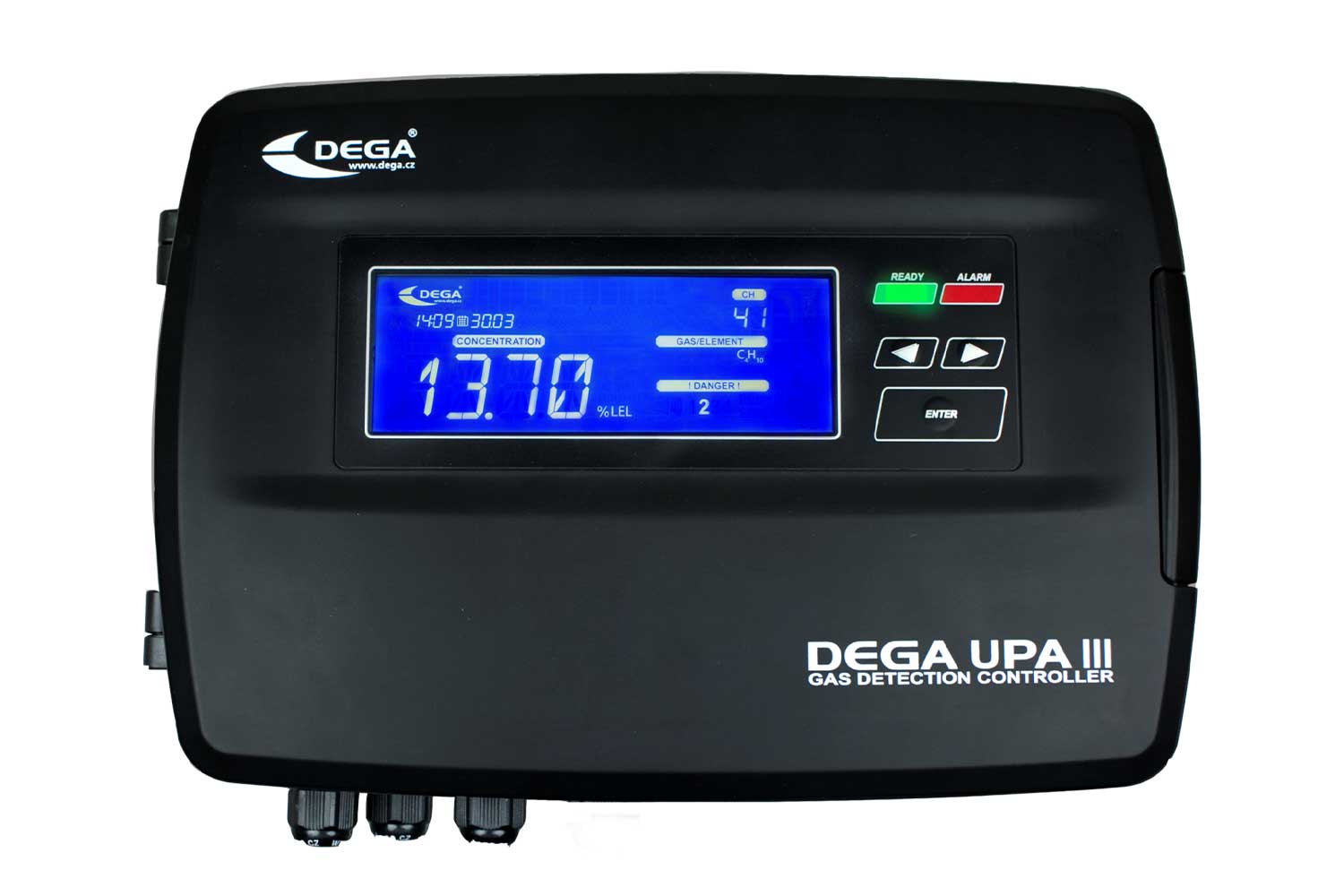
We can also log and record all data in a historical database to ensure full reportability and to allow diagnosis of the data. Control panels that cover small 4 transmitter systems up to more sophisticated 250 transmitter systems are also available. JWII gas detection control panels have internal memory to retain alarm history for trend diagnosis.
Local Displays and Output Connections for Data Interfaces
JWII gas detection system indicators can give a local readout at the sensor location via an LCD screen. The system also provides multiple outputs to accommodate integration to your SCADA/DCS or alarm monitoring system. The systems can also communicate using analogue, digital and ethernet protocols.
Hazardous Area Certified Detectors
The JWII gas detection systems for Australia and New Zealand also have IECEx certification so you can be confident that we conform with all necessary legislation and regulations.
Ease of installation and Software Configurable
All our transmitters can be connected in series with minimal cabling/installation costs, we also have wireless versions of the gas detectors available.
JWII gas detection solutions are delivered with specific configuration software to communicate with the transmitters allowing the user to configure outputs to their requirements. The JWII gas detection software runs on any PC and is very intuitive to use.
Common applications for JWII are
- Natural gas
- Biogas
- Propane-butane
- Carbon monoxide
- Ammonia
- Acetylene
- Gasoline and oil vapour
- Freon
- Toluene
- Alcohol vapour
- Oxygen
- Chlorine
- Sulphur dioxide
- Many Others
Using the JWII systems for the detection of gas leakage, and the leakage of organic vapours, provides a warning and emergency protection system for industrial, agricultural, Domestic, Commercial, or other premises where there is a risk of the leakage of combustible or toxic gasses.
Typical gas detection questions answered by our experts
How many types of gas detectors are there?
There are many types of technology used in gas detectors; common types are electrochemical, catalytic, infrared and photoionization types. Other types are Pellistors, Thermal Conductivity, Metal Oxide Sensors.
What is the most common type of gas detector?
The catalytic would be the most commonly used type of gas detector due theo the wide range of applications it can be used for and the cost.
What are the various technologies for oxygen detection?
Technologies for measuring oxygen concentration are electrochemical, zirconia and paramagnetic. The selectionof which technology to use would be based on the response time and range of oxygen being analysed
What is a 4 gas monitor?
These types of gas detectors are usually used for personal safety and are carried by personnel who are working in confined spaces or hazardous environments. These gas detectors have the capability to measure Oxygen, Hydrogen Sulfide, Methane and Carbon Monoxide.
What does LEL mean in a gas detector?
LEL is the lower explosive limit or the lowest concentration at which it becomes flammable
What is the best place to put a gas detector?
This will depend on the gas you are monitoring and the environment you are looking to measure. Typically gasses are lighter than air so the common strategy is to place the gas detector in a location toward the top of the environment typically higher than all doors and windows
How many gas detectors do I need?
This will depend on the gas you are measuring and the location of the analysis. Our experts can advise you on the number of gas detectors needed based on the answers to a few simple questions about your application.


